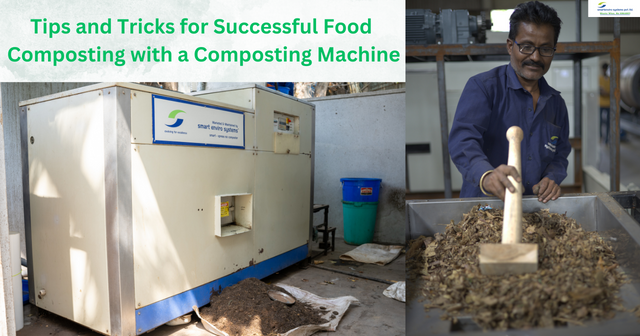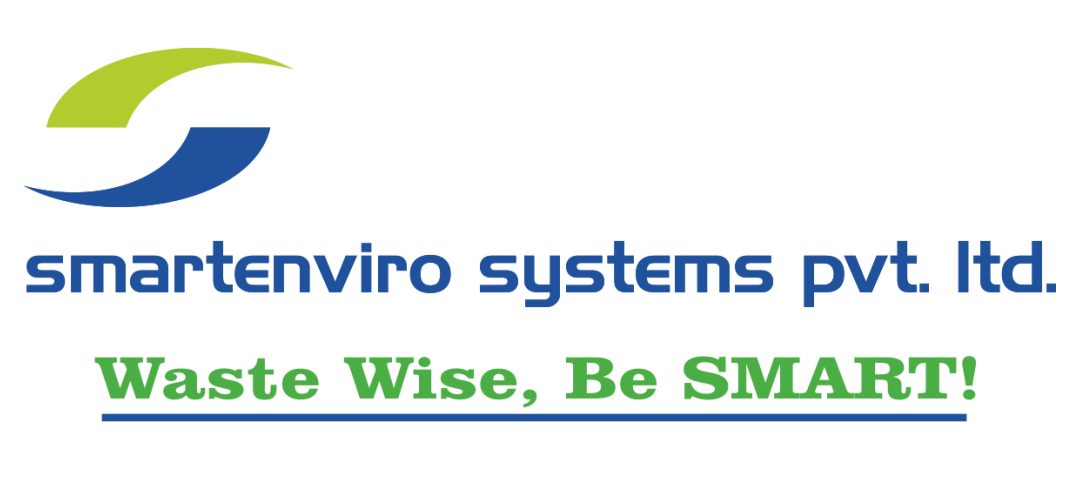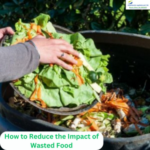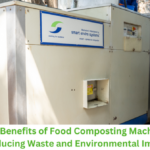
Food waste management has become an increasingly important aspect of sustainable living, and composting plays a crucial role in reducing our environmental footprint. With the advent of smart enviro solutions, such as food composting machines, composting has become more accessible and convenient for individuals and businesses alike. In this blog, we will explore valuable tips and tricks for successful food composting with a composting machine. From optimizing the composting process to maximizing the use of food waste, these tips will help you make the most out of your composting journey while contributing to a greener future.
Choose the Right Food Composting Machine
The first step to successful food composting is selecting the right composting machine for your needs. Consider factors such as capacity, features, and functionality. Look for a smart enviro composting machine that can handle the amount of food waste you generate and has efficient composting capabilities. Check if it offers additional features like odour control, automatic mixing, or smart monitoring to make the process more convenient and effective.
Prepare and Sort Your Food Waste
Proper preparation and sorting of food waste significantly impact the composting process. Remove any non-compostable items like plastics or metals before adding the waste to the composting machine. Cut larger food scraps into smaller pieces to accelerate decomposition. Remember to balance the carbon-to-nitrogen ratio by incorporating a mix of green waste (such as vegetable peels) and brown waste (such as dry leaves or newspaper).
Optimize Moisture Levels
Maintaining the right moisture level is crucial for successful composting. Too much moisture can lead to a slimy, anaerobic environment, while insufficient moisture can hinder decomposition. Regularly monitor the moisture content of your compost and adjust as necessary. Aim for a damp, sponge-like consistency by adding water or dry materials accordingly.
Ensure Proper Aeration
Adequate airflow is essential for composting. To promote oxygen circulation, periodically turn or mix the compost in the machine. Some smart composting machines have built-in automatic mixing features to simplify this process. Aeration helps prevent foul odours and encourages the growth of beneficial microorganisms, speeding up decomposition.
Monitor Temperature and pH Levels
Monitoring the temperature and pH levels of your compost can provide valuable insights into its progress. The ideal temperature range for composting is generally between 110°F (43°C) and 160°F (71°C). Use a compost thermometer to check the temperature regularly. Additionally, maintain a slightly acidic to neutral pH level (around 6 to 7) for optimal decomposition. Adjustments can be made by adding materials like coffee grounds or agricultural lime.
Troubleshooting Common Issues
Even with the best practices, composting challenges may arise. Address common issues such as foul odours, pest infestations, or slow decomposition promptly. For odour control, add carbon-rich materials like wood chips or shredded paper. Prevent pest problems by burying food waste under the compost pile and keeping the composting machine clean. If decomposition is slow, ensure proper moisture, aeration, and balanced ingredients.
Conclusion
Successful food composting with a composting machine is an effective way to manage food waste and contribute to a sustainable future. By implementing the tips and tricks discussed in this blog, you can optimize your composting process and achieve nutrient-rich compost. Remember to choose a suitable smart enviro food composting machine, prepare and sort your food waste properly, maintain moisture and aeration levels, monitor temperature and pH, and troubleshoot any issues that may arise. Embrace the power of composting and be a part of the solution to food waste management.


